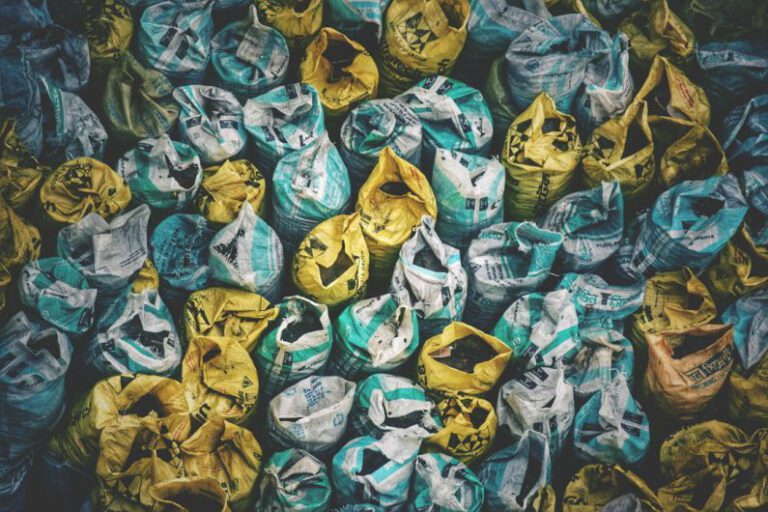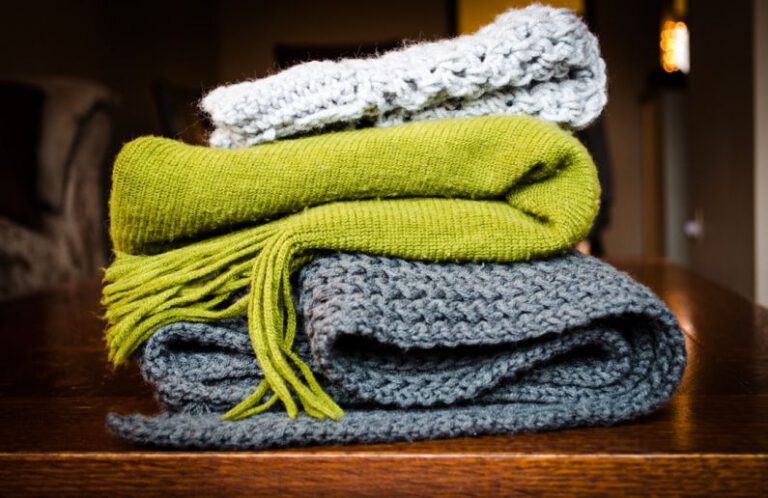How to Keep Your Active Wear Ready to Go
We all know the feeling of putting on our favorite pair of leggings or sports bra, only to realize that they are stretched out or have an unpleasant odor. Keeping your active wear in top condition is essential for both comfort and longevity. Here are some simple tips to help you keep your active wear ready to go.
Choose Quality Fabrics
The first step in keeping your active wear in great condition is to choose high-quality fabrics. Look for materials that are designed to wick away sweat and keep you cool. Fabrics like polyester, spandex, and nylon are great options as they are durable and stretchy. Avoid fabrics that are prone to pilling or fading, as they will not hold up well over time.
Wash with Care
When it comes to washing your active wear, it’s important to handle them with care. Avoid using harsh detergents or fabric softeners, as they can break down the fibers and compromise the integrity of the fabric. Instead, opt for a gentle, fragrance-free detergent. Be sure to wash your active wear in cold water to prevent color bleeding and shrinkage.
Separate Colors
To avoid color bleeding, it’s important to separate your darks and lights when washing your active wear. This will help to keep your garments looking fresh and vibrant. If you have any items that are particularly prone to bleeding, consider washing them separately or using a color-catching sheet to prevent discoloration.
Air Dry
One of the biggest mistakes people make when it comes to caring for their active wear is throwing them in the dryer. The high heat can damage the fabric and cause shrinkage. Instead, opt to air dry your garments. Hang them up or lay them flat to dry, preferably in a well-ventilated area. This will help to preserve the shape and elasticity of your active wear.
Avoid Excessive Stretching
Active wear is designed to stretch, but excessive stretching can cause the fabric to become misshapen and lose its elasticity. When putting on or taking off your active wear, be mindful of how you handle the fabric. Avoid pulling or tugging on the material, as this can lead to stretching and eventually wear and tear.
Store Properly
Proper storage is key to keeping your active wear in excellent condition. Avoid folding your garments, as this can cause creases and wrinkles. Instead, try rolling them up and storing them in a drawer or hanging them up in your closet. This will help to maintain the shape of your active wear and prevent any unnecessary stretching.
Treat Stains Promptly
Accidents happen, and stains are inevitable. The key is to treat stains promptly to prevent them from setting in. As soon as you notice a stain, pre-treat it with a stain remover or a mild detergent. Gently rub the fabric together to loosen the stain, then wash the garment as usual. Avoid using hot water, as this can cause the stain to set.
Incorporate Proper Care into Your Routine
Lastly, make caring for your active wear a part of your regular routine. Schedule regular laundry days to ensure that your garments are always clean and fresh. Take the time to inspect each item before wearing it to check for any signs of damage or wear. By incorporating proper care into your routine, you can extend the life of your active wear and keep it ready to go whenever you need it.
In conclusion, taking care of your active wear is essential for maintaining its quality and longevity. By choosing high-quality fabrics, washing with care, separating colors, air drying, avoiding excessive stretching, storing properly, treating stains promptly, and incorporating proper care into your routine, you can keep your active wear in excellent condition. So, follow these simple tips and keep your active wear ready to go for your next workout!






